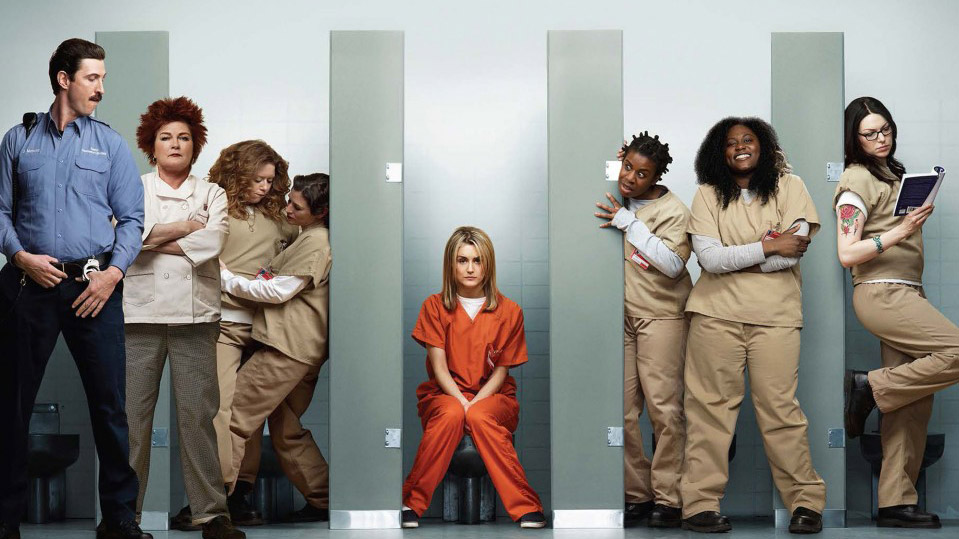5 big ways the EU wants to change the way you watch TV
Big shakeups could come to TV and online

Last week we reported on the EU's plans to regulate streaming services in the same way that it currently regulates national broadcasters but requiring them to devote at least 20% of their catalogues to European television and film content.
Now the plans have been published, revealing the exact size and scope of the proposed regulation. Here are the top five ways the new regulation will affect your viewing of not just streaming services, but traditional TV as well.
1. More European content
Currently national broadcasters dedicate around half of their viewing time to European works, and the commission wants streaming services to move further in this direction. They won't be required to dedicate as much as 50% of their catalogues to domestic content, instead a target of 20% has been set.
The simple reason for this rule is to try and promote "European cultural diversity" which the commission believes is under threat from American programming.
Netflix has reacted negatively to the plans, which it believes will create a "perverse incentive" to buy up cheap European content to hit the quota. They may also be forced to cut American content in order to bring it under the 80% limit.
2. Looser advert restrictions
The competition from online streaming services has put an increasing amount of pressure on traditional broadcasters. In response the European Commission is planning on giving these broadcasters more flexibility when it comes to advertising.
Currently broadcasters are limited to 20% of their content being advertising between the hours of 7am and 11pm and this isn't set to change.
Sign up for breaking news, reviews, opinion, top tech deals, and more.
What is changing is the current advertising limit of 12 minutes (ie 20% of 60) per hour, which will allow broadcasters to more heavily advertise in some hour slots than others.
This may mean that primetime slots in the evening, which are traditionally more valuable advertising space, become more dense with adverts at the expense of daytime programming.
3. Age verification for mature content
The commission also wants to better protect minors from pornographic and violent content by using features such as age verification and parental control systems.
Attempts to better protect children from pornography are nothing new, in the past ISPs have been asked to filter pornographic content by default so that only households that explicitly opt into it will be able to access it.
However providers have consistently faced problems implementing such regulations, since all pornography is not categorized as such, and there is a large amount of overlap between pornographic content and the wider internet.
4. Protection from 'incitement to hatred'
Also included in the proposed changes is a requirement for online services to better protection from people against incitement to violence with measures which include giving users the ability to better flag inappropriate content.
With this, alongside the protection of minors requirement, the commission hopes that the industry's self regulation will be joined by the work of independent national regulators who will have the power to enforce the rules and issue fines.
5. Strong, independent regulators
The regulators themselves (of which there are currently 28 within the EU) will be required to be truly independent from governments and industry to allow them to truly represent the interests of viewers.
For a country like the UK which already has an independent regulator in the form of Ofcom, these changes are unlikely to have much of an impact, but other countries may end up seeing a much more significant shakeup.
Questions of practicality
Many of these changes, such as the requirement for strong independent regulators and better reporting tools for inappropriate content would appear to be no brainers, but it will be interesting to see how the European content and advertising regulations end up being implemented by providers.
These measures are currently being presented as a proposal and will likely be amended by both the European Parliament and national governments over the coming months and years before it is fully adopted.

Jon Porter is the ex-Home Technology Writer for TechRadar. He has also previously written for Practical Photoshop, Trusted Reviews, Inside Higher Ed, Al Bawaba, Gizmodo UK, Genetic Literacy Project, Via Satellite, Real Homes and Plant Services Magazine, and you can now find him writing for The Verge.